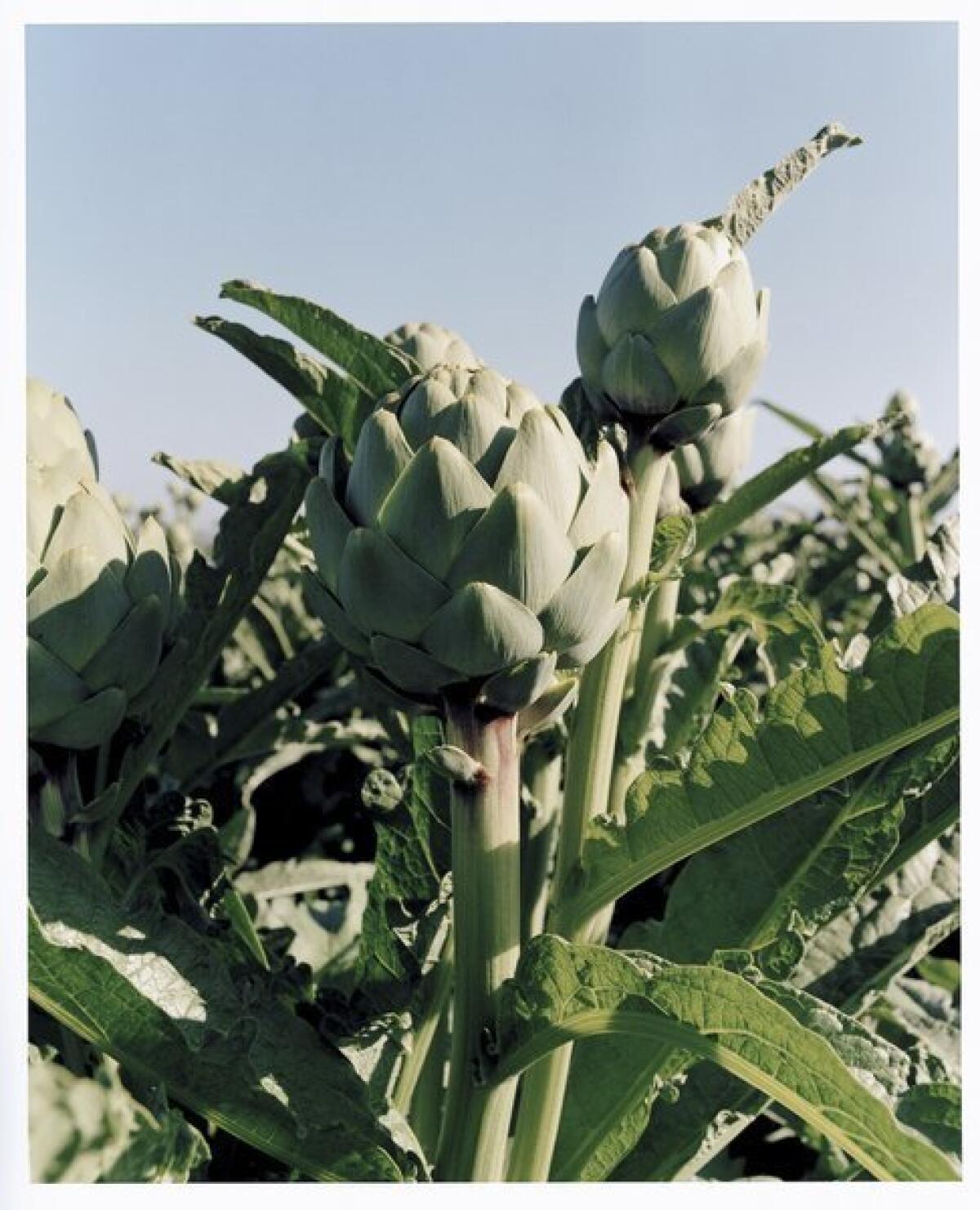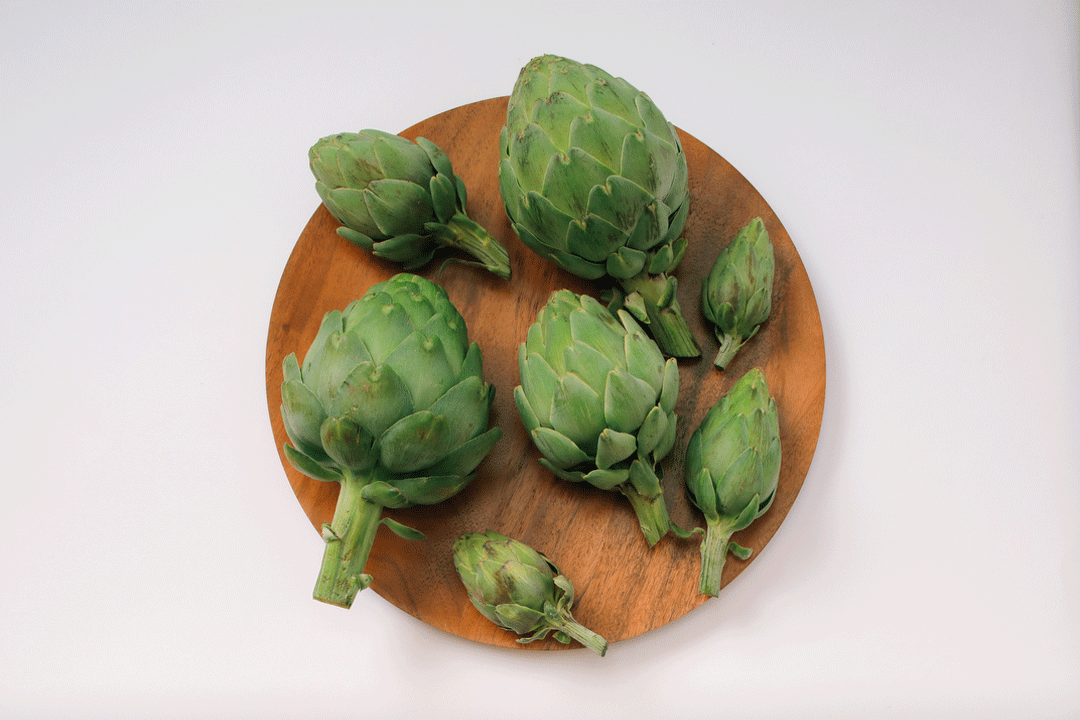You’ve got artichoke questions? We’ve got artichoke answers

Saturday’s California Cook column about different ways to cook artichokes drew a lot of reader response. Everyone, it seems, loves artichokes. Well, not everyone, or at least not all artichokes. A couple of readers complained about getting artichokes that looked and tasted different than the ones they had been getting.
“What used to be tender and delicious is now tough and flavorless, or worse -- outer leaves with no meat, hearts that never get tender until they are waterlogged and just bad tasting,” wrote Curtis Horton. “Also the heart is thin, instead of meaty. It adds up to very little food and a ton of waste.”
I took the complaints to Kori Tuggle, who works for Ocean Mist, the growers cooperative that accounts for most of the artichokes grown in the United States. Her answer was so informative that I asked her permission to reprint it in full.
“In the early 1900s, the original variety planted was the perennial green globe artichoke variety. It is planted in the ground -- and grows similar to a tree, as the plants can last up to 15-20 years. Which makes them expensive, as they don’t produce year-round. They produce large volume only in spring (March through May) and fall (September/October).
“Fast-forward to the late 1900s… the demand for artichokes grew, and to fill in the demand gaps the growers developed a hybrid, annual artichoke variety that could be grown by seed. This allowed them to plant and harvest during the times the perennial plants were not producing. And because it is an annual plant, it allows the grower to plant, grow, harvest that crop and then come back and plant something else in that same ranch -- ‘getting more crop turns’ out of the expensive growing ground along the coast.
“Since the late ‘80s, Cal Choke/Ocean Mist Farms has been working on a proprietary seed variety that mimics all of the green globe characteristics.
“Fast-forward to the 2000s -- the Lyon seed variety started to grow in the Santa Maria region by a grower with the last name of Jordan. Because of its proximity to Los Angeles (closer than Castroville), a lot of their volume goes to the L.A. stores. And there are other smaller growers using what I refer to as ‘off the shelf’ seed varieties as well -- that really confuses the consumers.
“As of today: 100% of the original, classic green globe (perennial plants) are grown here in Monterey County/Castroville growing region. It’s the ‘chef preferred’ variety and what artichoke consumers are use to eating.
“The seeded varieties grow along the coast of California in the summer and through the winter down in Palm Springs and Baja Mexico, when the perennial plants are not producing.
“It is confusing. We are starting this spring to help the consumer figure out what they are seeing at the stores with a sticker on each artichoke: red sticker = classic green globe, purple sticker= our seeded variety.”
ALSO:
Eggplant or musical instrument?
More to Read
Eat your way across L.A.
Get our weekly Tasting Notes newsletter for reviews, news and more.
You may occasionally receive promotional content from the Los Angeles Times.











